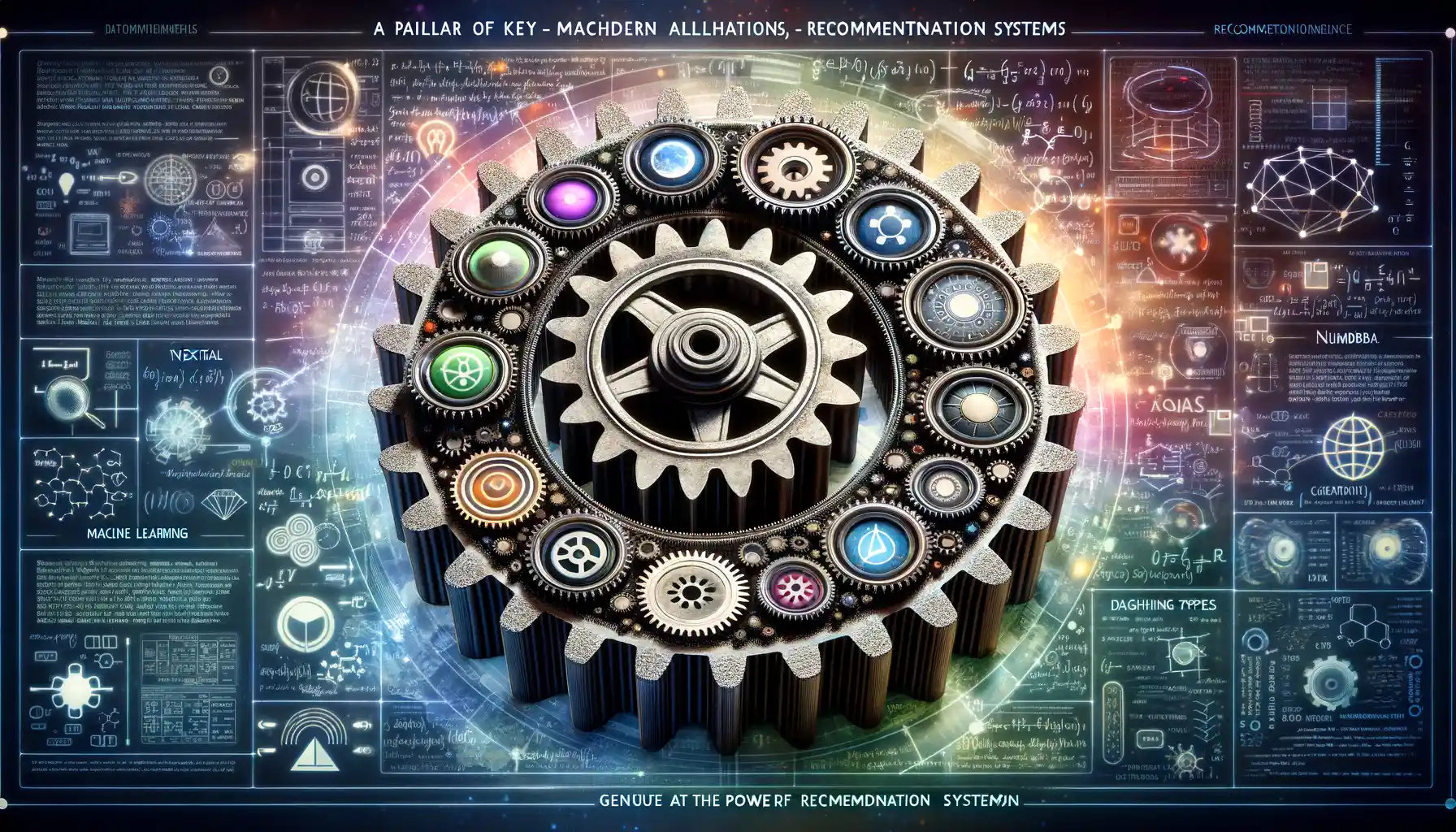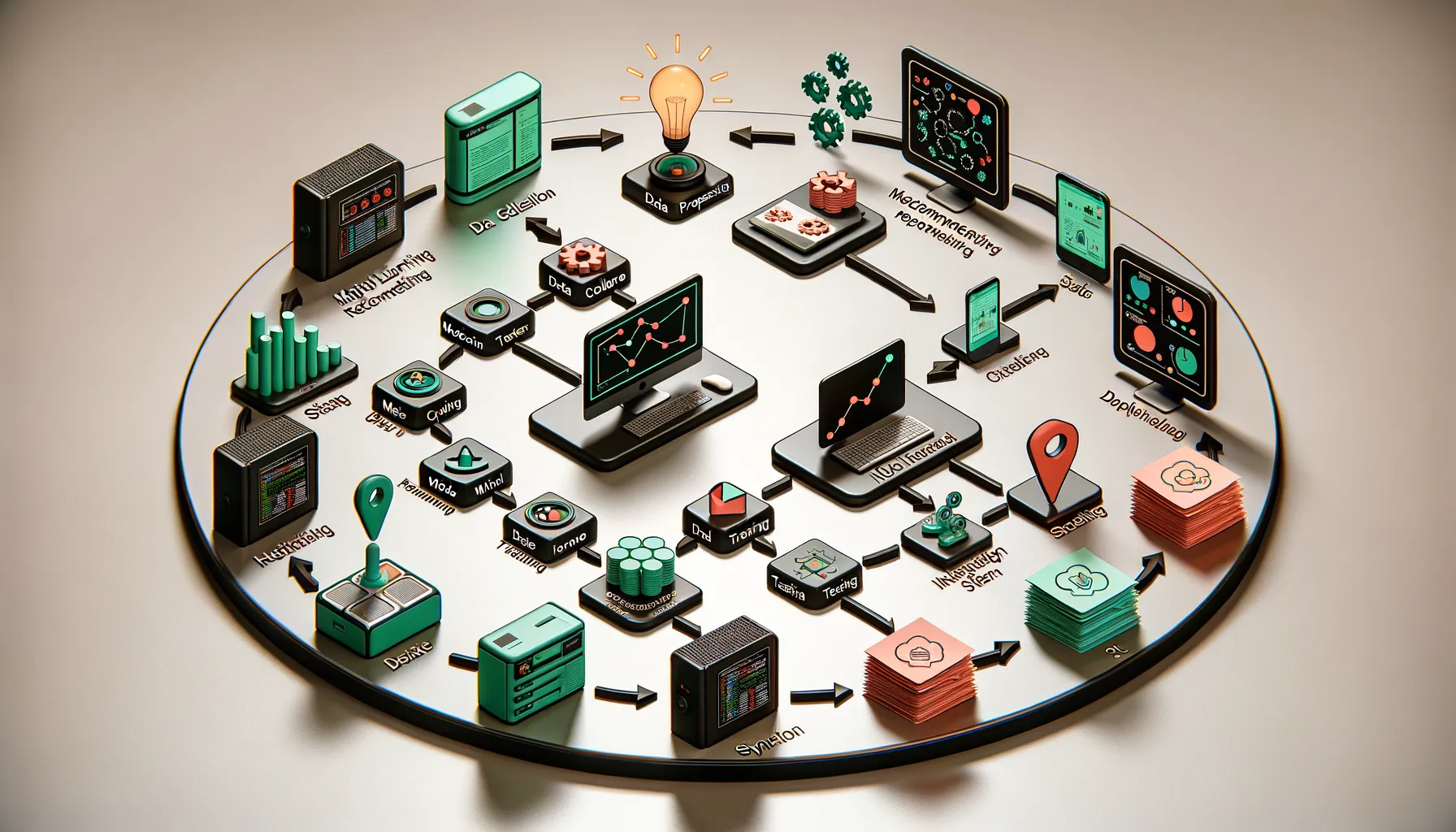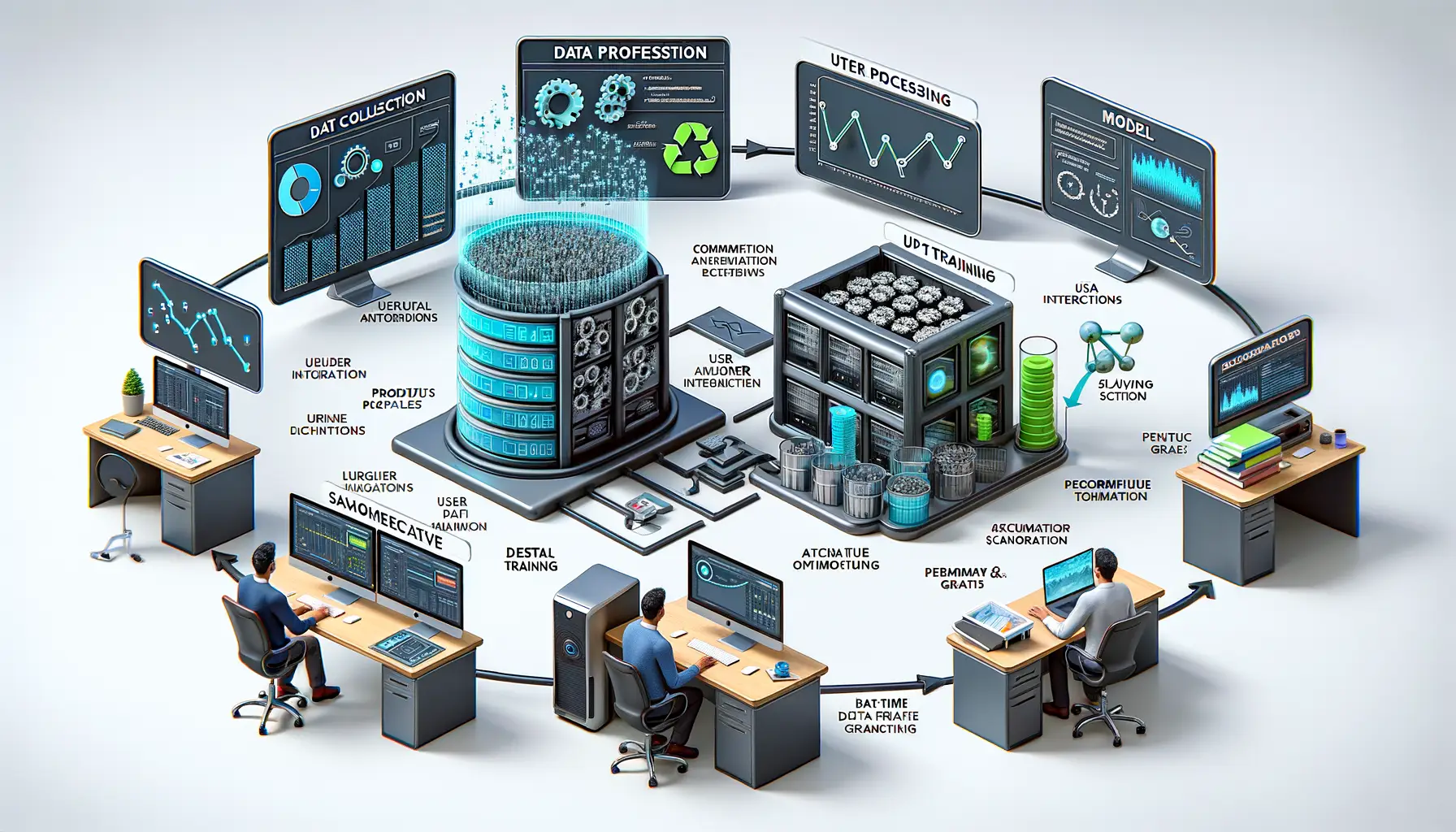Understanding the Role of Machine Learning in Product Recommendations
How Machine Learning Shapes Your Shopping Experience
Imagine walking into your favorite store, and it’s as if the shelves rearrange themselves just for you—your favorite snacks front and center, those shoes you’ve been eyeing neatly displayed. That’s exactly what machine learning does behind the scenes in product recommendations. It’s like having a mind-reader accompany you while shopping online!
Here’s how this magic unfolds: machine learning acts as the brain of recommendation systems, analyzing enormous amounts of data faster than any human could dream of. It watches your clicks, notices your interests, and connects the dots between millions of other shoppers’ habits. Suddenly, a platform that once felt impersonal becomes a trusted friend who just *gets* you.
Let’s talk specifics. Machine learning algorithms use approaches like:
- Collaborative filtering: Matching you with others who share your tastes.
- Content-based filtering: Highlighting products similar to items you already adore.
It’s not just numbers and equations—it’s about creating moments of surprise and delight when you discover that perfect “you-must-have-it” item without even searching for it. Now, that’s tech with a personal touch!
Key Machine Learning Algorithms for Building Recommendation Systems

How Algorithms Turn Data into Personal Recommendations
If you’ve ever felt that magical moment when Netflix nails your next binge-worthy show, or Amazon seems to know exactly what you need before you do, you’re witnessing the power of machine learning algorithms in action. These digital wizards transform oceans of data into crystal-clear insights—recommendations tailored just for you.
So, how do they work their magic? Here are three key types of algorithms that bring personalized recommendations to life:
- Collaborative Filtering: Picture a group of friends swapping favorite books. This algorithm does something similar by analyzing user behavior. It compares what you’ve liked or bought with others who share a similar taste—like a matchmaking service for products.
- Content-Based Filtering: Imagine an algorithm as your personal librarian. If you loved a mystery novel with a strong female lead, it hunts for items with similar features. It’s all about matching content to your preferences.
- Matrix Factorization: Think of this one as a mathematical detective. It digs deep into hidden patterns in user and product data, uncovering connections even Sherlock Holmes would envy.
Each of these methods shines in its own way, and often, systems use a hybrid approach to maximize precision. The result? A tailored experience that feels like it was built just for you.
Steps to Develop a Machine Learning-Based Recommendation System

Lay the Foundation: Understanding Your Data
Let’s face it—every great recommendation system starts with one thing: data. Think of your raw data as a treasure chest waiting to be unlocked. Dive into it! Is it user purchases? Browsing behavior? Reviews dripping with juicy opinions? The first step here is to clean, organize, and preprocess this data. No one loves messy data—it’s like trying to read a map drawn in crayon.
Once spruced up, you need to figure out what features matter. For example, if you’re building a movie recommendation system, user age, genres, and watch history could be key. Always ask yourself: “What do I know about my users? What do they wish for?”
The Magic Recipe: Building & Tuning the Model
This is where machine learning flexes its muscles! Choose an algorithm that fits your needs. Will it be collaborative filtering, because you trust the wisdom of crowds? Or content-based filtering, where individual preferences steal the spotlight?
– **Train, validate, refine**: Feed the data, evaluate the model, tweak.
– **Incorporate feedback**: Algorithms improve when they learn from mistakes—like humans, but faster.
Finally, don’t forget to test your system rigorously. A recommendation that misses the mark? That’s one lost customer!
Benefits and Challenges of Implementing Product Recommendation Systems

Unlocking the Advantages of Smart Product Recommendations
Implementing a recommendation system isn’t just a nice-to-have—it’s a powerful tool that transforms how businesses connect with their customers. Let’s talk about the perks first.
Imagine being able to whisper into your customer’s ear, offering exactly what they didn’t yet realize they wanted. That’s the magic of personalized product suggestions. These systems use data-driven insights to keep consumers engaged, boost sales, and create a shopping experience so seamless it feels… well, psychic!
Consider your favorite streaming service. Its recommendations keep you coming back because every suggestion feels carefully handpicked. Similarly, businesses can see:
- Higher conversion rates: Customers find just the right thing faster.
- Improved loyalty: Shoppers return again and again, enchanted by the tailored experience.
- Increased average order value: You’re not just selling; you’re upselling!
But Wait—The Trade-Offs Are Real
Every superpower comes with its kryptonite. Building effective recommendation systems can feel like taming a wild beast. Data quality is critical—you can’t teach an AI wizardry with messy input. And don’t even get us started on privacy concerns.
Implementation also requires dedicated resources. Developing such a solution? It’s a marathon, not a sprint. But for businesses willing to navigate these hurdles, the rewards are worth it.
Future Trends in Machine Learning for Product Recommendations

Where Innovation and Personalization Intersect
The world of product recommendations is evolving rapidly—and if you’re keeping an eye on the horizon, you’ll notice some game-changing trends that feel like they’re plucked straight from a sci-fi movie. Imagine a world where your shopping app knows what you want before *you* do. That’s no longer a fantasy but an emerging reality thanks to advancements in machine learning.
One remarkable shift? The rise of context-aware recommendations. Systems are learning to read the room—literally. They analyze not just purchase history but also the weather, time of day, or even your heart rate (through wearables!) to suggest the perfect product. It’s like having a super-intuitive personal shopper in your pocket.
Or let’s talk about visual-based recommendations. Say you take a picture of a stunning outfit on the street. Advanced AI algorithms can scan that image and recommend similar items online. No words needed, just click, snap, and shop!
- Real-time data streaming: Recommendations shift instantly as your preferences change.
- Deep personalization: Systems delve beyond one-size-fits-all to craft moments meant just for you.
- Voice-enabled predictions: Seamlessly integrated with virtual assistants for hands-free convenience.
Change isn’t just coming—it’s here, redefining how we discover and connect with products.







